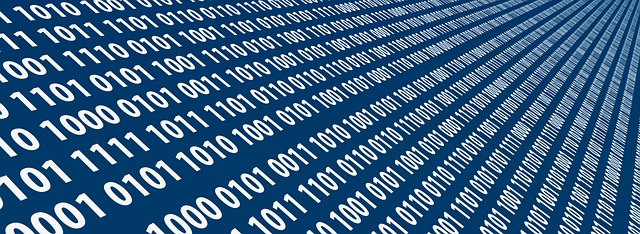Our centers are organizing the third and final thematic week of this academic year, which will be dedicated to the origins of computer science. The word “informatics” (from the French word “informatique”) was coined from the sum of the words “inform” and “automatic”. Thus, we can define it as the science that studies the automatic processing of information or, more specifically, as the set of knowledge, methods, processes and techniques that enable the automatic processing of information (data) through computers.
Computer science brings together the basics of computing, computer architecture, programming and software development, and part of electronics. The combination of all these disciplines makes it possible to automatically process information using electronic devices and computer systems. Computer science puts these systems at our service and allows us to make many different uses of them, from watching movies to doing research in laboratories. It speeds up many processes and, generally speaking, it makes our lives easier.
A walk through history
Beyond the etymological origin of the word, this science is considered to have its origins a few centuries earlier. In fact, there are different moments throughout history that can be considered the origins of informatics. One of these moments is the creation of the Chinese abacus, about 500 years before Christ, as this tool was used to facilitate calculations –but the invention of a calculating machine which added and subtracted and was created by the French scientist Blaise Pascal in the 17th century is also considered part of the origins of computer science.
Over the next two centuries, several scientists improved this first calculator, which could be considered the forerunner of computers, and its ability to store information and perform calculations. However, the real computer revolution did not come until the 20th century, since the first computer in history was built right after World War II. Although it was a huge machine, the ENIAC was the starting point for the later emergence of computers as we know them today: it was programmable, electronic, fully digital and created for general use.
Like many technological advances throughout history, the creation of the ENIAC also has its origins in the military field. Its construction, which lasted three years, was funded by the U.S. Army during the war, but by the time they finished building the machine, the war was over. The ENIAC worked from 1947 to 1955, when it was permanently shut down. In this sense, it should be noted that before the invention of the ENIAC, other programmable computers had already been developed, but they were of restricted use. Colossus was a set of computers that were developed by British crypt-analysts between 1943 and 1946 with the aim of deciphering codes during World War II. After their exclusive use, they were destroyed so as not to leave any evidence.
Alan Turing and the Enigma machine
We cannot fail to talk about Alan Turing, who is considered the father of modern computing. This British mathematician and crypt-analyst was one of the key players during World War II thanks to his work at Bletchley Park, where he worked to decipher German encrypted codes. During this war, Nazi Germany used the Enigma machine, created during the last months of World War I, to encrypt and decrypt messages. Alan Turing’s work to decipher this information helped advance the end of the war.
Turing later developed various machines and also made contributions in the field of artificial intelligence, but was severely persecuted for being gay, so in 1954 he decided to end his life.

